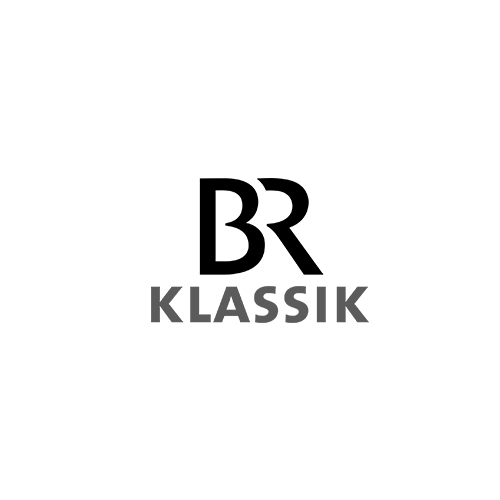TRÄUME
EMANUEL GAT DANCE (2023)
Choreography & LightsEmanuel Gat
MusicRichard Wagner
TextMathilde von Wesendonck, Richard Wagner
CostumesThomas Bradley
Light Supervision & Technical DirectionGuillaume Février
Sound DesignFrédéric Duru
PerformersEglantine Bart, Thomas Bradley, Robert Bridger, Gilad Jerusalmy, Péter Juhász, Michael Loehr, Emma Mouton, Eddie Oroyan, Rindra Rasoaveloson, Ichiro Sugae, Milena Twiehaus, Sara Wilhelmsson, Karolina Szymura, Jin Yong-Won
ProductionEmanuel Gat Dance
Co-ProductionOsterfestspiele Salzburg, Festival Montpellier Danse, Arsenal / Cité Musicale Metz. With the support of Théâtre Le Forum Fréjus. Emanuel Gat Dance acknowledges the support of the French Ministry of Culture and Communication / Drac Provence Alpes-Côte d’Azur, Région Sud / Provence-Alpes-Côte d’Azur and Conseil Départemental des Bouches-du-Rhône
World Premiere06 April 2023 –Osterfestspiele Salzburg, Felsenreitschule, Salzburg, Austria
Performance HistoryOsterfestspiele Salzburg, Felsenreitschule, Salzburg, Austria – Arsenal / Cité Musicale, Metz, France
Total Number of Performances3
PhotographyEmanuel Gat



Gat masterfully transformed texts, songs, and electronic sounds derived from Wagner’s music into a compelling and thought-provoking reflection on the individual’s relationship to the collective, presented on a bare stage and refusing any simplistic resolutions. A direction worth pursuing further.

It’s no easy task to wrest the necessary freedom of movement from these vibrant layers of fabric. Yet Emanuel Gat’s diverse, highly virtuosic ensemble, driven by strong individuals, accomplishes it with ease: extreme spins, convulsions on the floor, outstretched hands. In its perpetual flow of movement, Gat’s choreography aligns seamlessly with Wagner’s endless melody.
The piece unfolds in episodes, characterized by an expressive, disciplined, and at times almost ceremonial movement language. [...] Dancers step out from the larger group, asserting or striving for individuality, only to merge back into the collective, from which others then emerge. The movement is always expansive, perfectly suited to the vastness of the Felsenreitschule.
Michael Loehr, who received the Herbert von Karajan Prize this year, not only performed as a dancer but also recited excerpts from Wagner's essay Art and Revolution. [...] After a little more than an hour, Gat brought his choreography to a close with a heartfelt embrace of his two speaking dancers, sparking enthusiastic applause from the audience in the Felsenreitschule.
The performers on stage are intentionally depicted as individuals, before gradually pairs and small groups start to form – stepping away from familiar ballet hierarchies. This leads to an intricately stylized meditation on the themes of the poems. [...] In the end, there is enthusiastic applause for everyone involved – and for an evening that provokes thought and stirs curiosity.
What Gat offers is spectacular: the meticulous attention to lighting is striking, and the inventiveness of the costumes [...] adds a sonic layer to the visual through their movement. The carefully constructed sculptural groups formed by the dancers in clusters or with all fourteen dancers, some still, others in motion, like an organism with multiple heads, possess a real plastic beauty.
When the 14 dancers of his company moved to the titular piece "Träume," the music seemed to transform. It was as if someone were examining the orchestral sounds through a (temporal) magnifying glass, stretching them, pulling them apart, and piecing them back together. A fascinating interplay of overlays and distortions emerged.
Nikolaus Bachler made a good decision when he decided to enrich his first Osterfestspiele with contemporary choreography. A good dozen dancers from the Emanuel Gat Dance company in France dream their way through Wagner's acoustic soundscape: dressed in upcycled costumes by Thomas Bradley, set to a recording of the Wesendonck Lieder.
Titled after the fifth and final of Wagner’s Wesendonck Lieder, the hour-long piece turns the already enchanting venue into an art cathedral. [...] Emanuel Gat is [...] one of the leading choreographers of our time. [...] His sensitivity to the sensual and his ability to perceive beyond conventional frameworks are reflected in the choreographies he creates for his own company.







